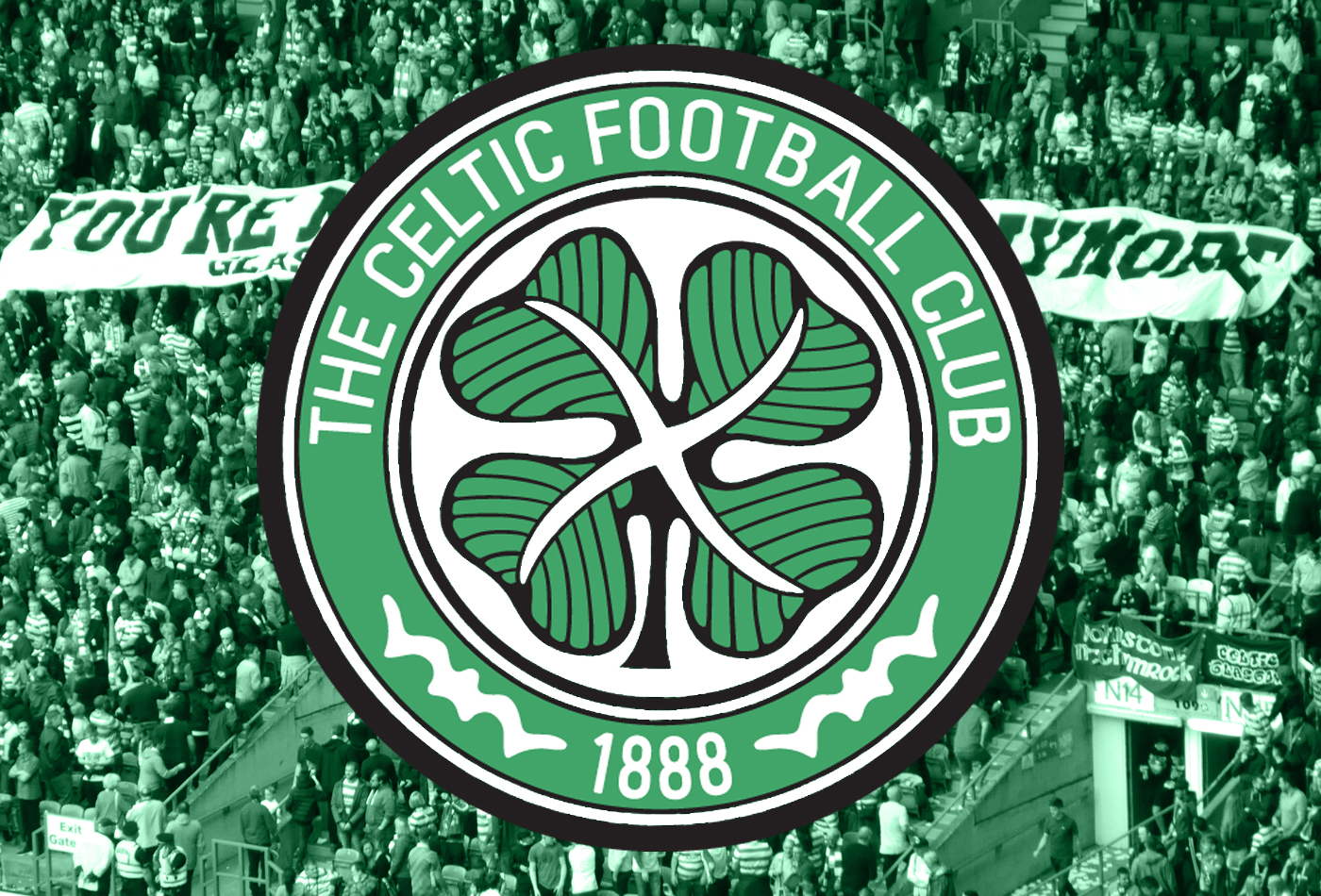“Celtic Football Club is more than a football club, for many people it is a way of life”.
These words from Sir Robert Kelly, who was president of Celtic from 1947 to 1972, perfectly reflect the idiosyncrasies of the club.
Celtic was founded by Brother Walfrid, an Irish Marist who immigrated from Ireland fleeing the Great Famine to what was one of the most popular cities at that time due to the rise of the Industrial Revolution, Glasgow, and by founding the club he wanted to alleviate child poverty in the East End.
“A football club will be formed for the maintenance of dinner tables for the children and the unemployed”. These words were spoken by Brother Walfrid on the 6th of November 1887 at St Mary’s Church Hall, where Celtic was formally constituted, thus beginning the history of one of the most charismatic football clubs in Europe.
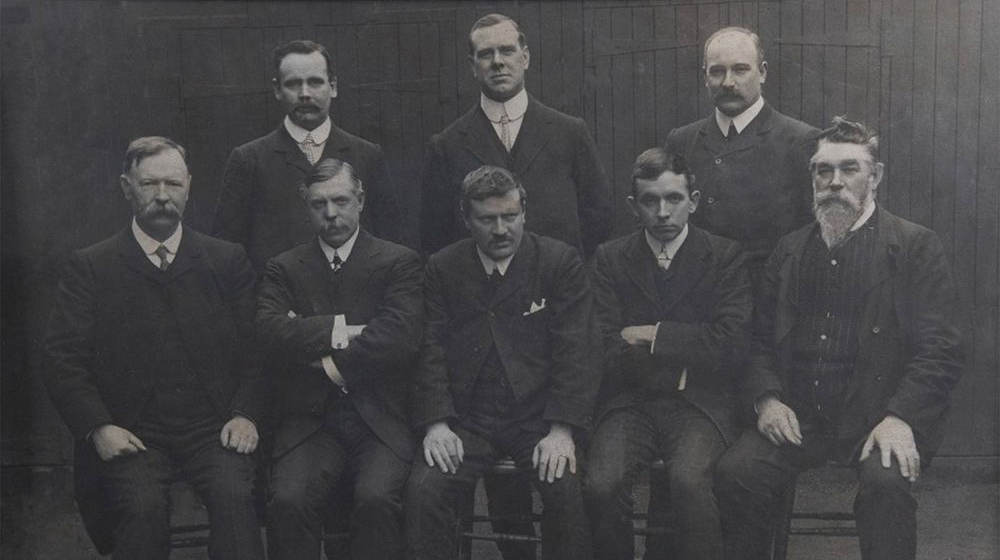
And as it could not be otherwise, the first match of this new club – played on the 28th of May 1888 -, was against the team that would be, and still is, the irreconcilable enemy of Celtic, The Rangers…. Later on we will go deeper into the great rivalry between these two clubs that represent everything opposed to each other that one can imagine, but let’s not get ahead of the events.
In the 1890s, the first trophies would come to the Hoops’ showcases, the first of which was the 1891-1892 Scottish Cup – won by what was then the country’s top team, Queen’s Park, 5-1 – followed by four league championships and one more cup.
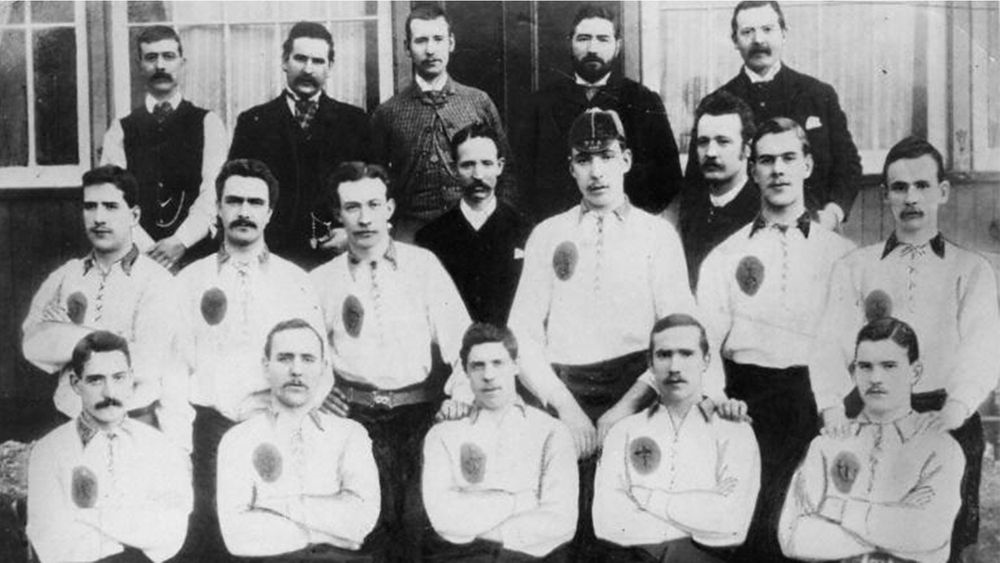
They began by wearing white clothing with green trims until they switched to green and white striped jerseys in 1889, but it was in 1903 that Celtic began to wear their now characteristic green hoops that will accompany the club to this day.
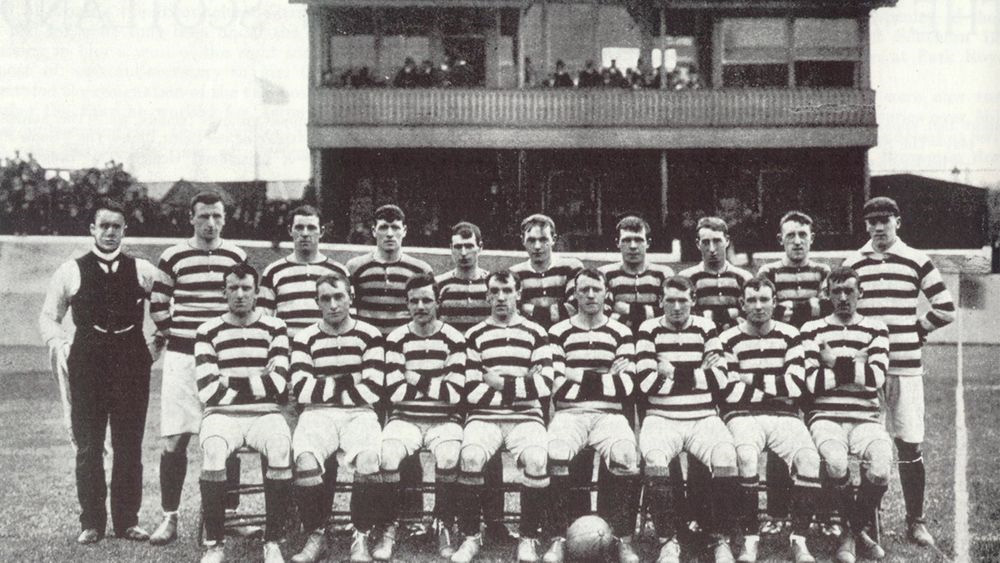
The decade from 1900 to 1909 was even more profitable for Celtic in terms of titles, winning 5 league titles and 4 cups. Moreover, in this decade, Celtic and Queen’s Park are no longer the two most important teams, these are Celtic and Rangers.
In 1909 Celtic, who had already won the league title, also turned up at Hampden Park to try to win the cup and win the double for the season. The rival in the final would be Rangers and due to the events that happened in that final, today we know the matches between these two clubs as “Old Firm”.
The final ended with a draw of two, which meant that the match was repeated to decide the winner. In the followed days, rumours began to circulate in the city that the draw had been agreed in order to make money with the replay the match. Even The Scottish Referee newspaper called the Glasgow derby “The old firm of Rangers-Celtic Ltd”, so the replay arrived in a tense atmosphere, impregnated with suspicion by the two fans, who felt used and deceived by having to pay a new ticket.
Everything got out of control when at the end of this new match, again with a draw, everyone expected the final to be decided at once by playing an extra time, but the referee ended the match because the rules of the competition established a new match, and only at the end of this last one, if the draw still existed, would extra time be played.
Thousands of fans from both teams, who were already very angry about all the fixture theories that were poured out at the end of the first match, threw themselves onto the pitch and wiped out everything they could find.
The riots ended with 130 people hospitalized and the third replay was never played for fear that security could not be maintained, so the Scottish Cup title of 1909 was deserted.
In the early years of the decade from 1910 to 1919, as well as continuing to rack up titles, Celtic said goodbye to one of their leading lights, Jimmy The Mighty Quinn, to welcome another of the best players in Celtic history, Patsy Gallacher.
In the 20’s, with names as important as Tommy McInally, Willie and Jimmy McStay, Patsy Gallacher, John McFarlane, Alec Thomson, Peter Wilson, Jimmy McGrory or John Thomson would obtain 2 League championships and 3 Scottish Cups more.
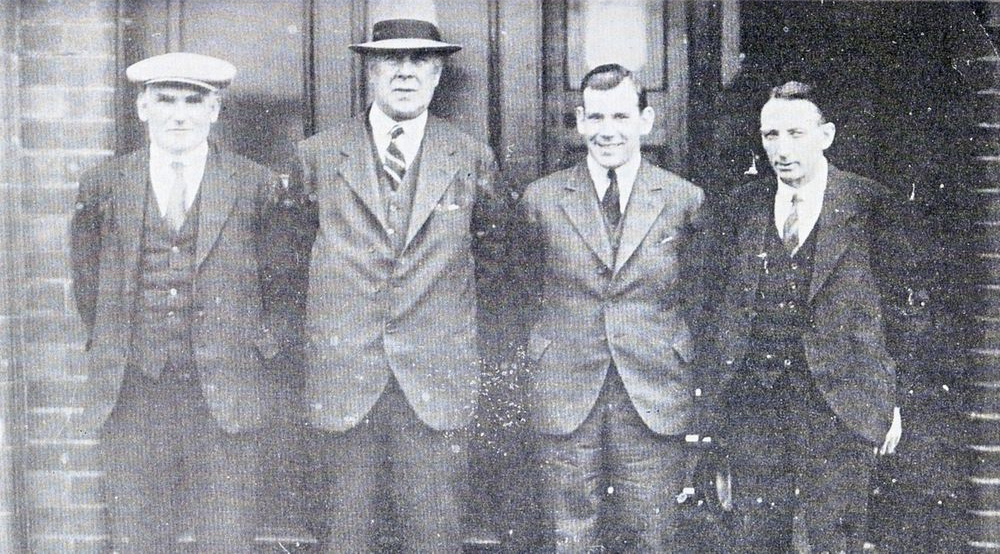
Another curious fact to mention before the end of this decade was the 9-0 win over Dunfermline with 8 goals by Jimmy McGrory, a record of goals scored by only one player in the Scottish League.
In 1930 the club made official its shield, in which a four-leaf clover can be seen surrounded by the club’s title, “The Celtic Football and Athletic Coy. Ltd”.
Unfortunately, the following year the club suffers the terrible loss of goalkeeper John Thomson as a result of head injuries sustained during a match against Rangers. More than 30,000 people accompanied Thompson in his final farewell.
In terms of titles, the 1930s saw the club leave behind two more leagues and three more cups to continue to expand the team’s showcases, the most notably was the 1937 final against Aberdeen played in front of 146,433 spectators at Hampden Park. This number of attendees is still a record for a club match in Europe.
1937 is also the year of Jimmy McGrory’s farewell, who retires having scored 468 goals in 445 games for the club.
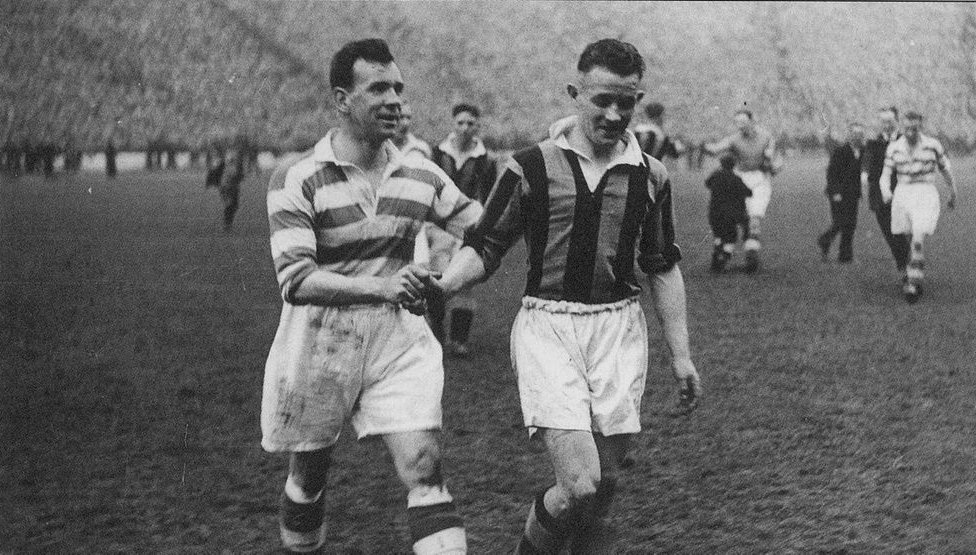
In the early 1940s, with the outbreak of World War II, football in Scotland – as in the rest of Europe – was paralyzed. During these years, football became regional, and many teams used guest players who were stationed near the military services, but Celtic always refused to play with players who were not registered as such.
The 1947-1948 season, now that the war was over, was very bad for Celtic, so bad that it was the closest season to relegation in their history.
The 1950s brought a few more titles, although less than was usual, 1 League championship and 2 Scottish Cups, but it also brought for the first time in history the League Cup title, won twice, the first time in 1956 against Partick Thistle and the second and most remembered, the one won in 1957 against Rangers at Hampden Park by 7-1 in front of 90,185 spectators.
One song talks about that event called Hampden in the Sun.
It was a glorious decade for Celtic in the 1960s, or rather, we could say that it was really only glorious in its second half, because since that League Cup final against Rangers, Celtic had not won a single title.
Everything changed when Jock Stein took over the team in 1965, the coach, who had come from Hibernian, commented on his arrival:
“If I can achieve for Celtic what I have achieved for Hibs, then I feel I will have done well for them”.
From the year of his arrival in 1965 until his departure in 1978, Stein won 10 league titles (nine in a row), eight Scottish Cups, six League Cups and, above all, the European Cup won in Lisbon against Inter Milan in 1967.
In the 1966-1967 season the team won all the competitions they played, but it was in the European Cup that Celtic became a legend, being the first British team to win it. In the first round they eliminated the Swiss team FC Zürich by an aggregate score of 8-0 (3-0 in the first match and 5-0 in the second match), in the second round they would face French Nantes, round which they solved by a double 3-1, in the quarterfinals they eliminated FK Vojvodina (they lost 1-0 in Serbia but came back in Glasgow winning 2-0) and in the semifinals, they eliminated the Czech team Dukla Praga by an aggregate score of 3-1.
The final was held on the 25th of May 1967 at the National Stadium in Lisbon against the powerful Inter Milan, led by the great Helenio Herrera, who had the Spaniard Luis Suarez (who could’t play in the final) and the Italian Sandro Mazzola as their great stars. This team had just won the two previous editions of the competition and were the favourites for the title, even more so after they went ahead through a penalty that Mazzola himself would score. But already in the second half, the Bhoys would get the come back through the goals of Gemmell and Chalmers in the final minutes of the match.
Stein and his team achieved what no British team had ever achieved before, to be the kings of Europe and that is why, from that moment on, that Celtic team is known as The Lisbon Lions.
After this milestone, the only thing left to do was to complete the feat by winning the Intercontinental Cup, but this time, Celtic would fall to Racing de Avellaneda after having to play three games, first in Glasgow, then in Argentina and the third and last one, in Montevideo.
All the matches were a real battle, Celtic got the victory in Glasgow by 1-0 in the first match played in Hampden Park against 103. 000 fans, but Racing would overcome the result winning 2-1 in the second match, where the hardness used by the Argentine team was constant, and already before the start of the match Celtic had to face not only that, but the unfortunate incident that led the Scottish goalkeeper Simpson to not be able to play the match due to the impact of a stone thrown from the stands, having to be replaced by Fallon.
Already in the third match, held in Montevideo, hostilities did not cease and the match went out of the hands of the referee, who ended up expulsing 4 players from Celtic and two from Racing, although Bertie Auld, one of the expulsed players from the Scottish team, refused to leave the match and continued playing.
In the end, Racing de Avellaneda won the match 1-0 and became the first Argentine champion of the Intercontinental Cup. This match is known as The battle of Montevideo.
In the 1969-1970 season, Celtic continued their European streak by reaching the European Cup final again, this time at the Giuseppe Meazza Stadium in Milan, with Feyenoord as their opponents. The Lisbon Lions gave their last service, but this time they could not win the title after losing the match 2-1 in the extra time.
The Lions were reaching the end of their career, but the generational transition was already prepared with names like Danny McGrain, Davie Hay, George Connelly, Lou Macari, Paul Wilson and above all Kenny Dalglish, who would assume the captaincy of the team after the great captain Billy McNeill hung up his boots in 1975 after playing 790 games for Celtic.
In the 1988 season Celtic celebrated their centenary in the best way possible, winning the league and the cup, a double that had not been achieved for eleven years.
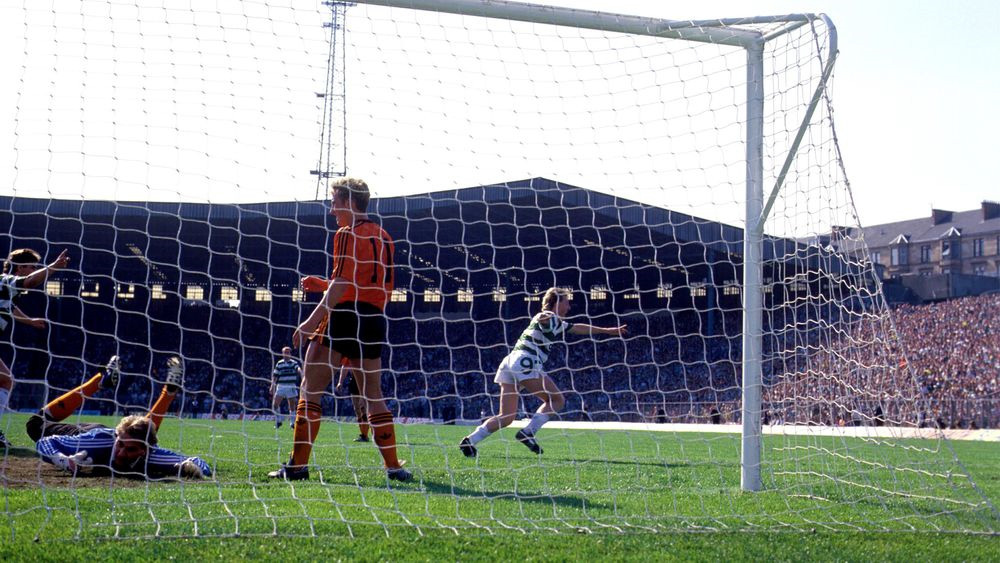
The 90’s were not very good in terms of titles, winning only 1 League, 1 Scottish Cup and 1 League Cup, but that one League title was one of the most important in the history of Celtic, as in that season Rangers were looking for their tenth consecutive League title and so would manage to break the record of nine consecutive championships that they shared with Celtic, but they made their advantage count in qualifying and did their part by winning the last league match 2-0 against St. Johnstone. This was how they were able to achieve what was called Operation “Stop the 10”.
It should also be noted that during this decade, Celtic had to face many financial difficulties, so much so that in 1994 it was on the verge of bankruptcy and only managed to save itself a few minutes before the deadline that the Royal Bank of Scotland had given it with the sale of the club to the businessman Fergus McCann.
One of the first decisions of the new president was to reform completely Celtic Park to increase the capacity and to adapt it to the new laws that forced that all the capacity was seated, and it is for that reason that Celtic played the season 1994-1995 like local at Hampden Park.
The last big news for Celtic in the 1990s came in 1997 with the hiring of Henrik Larsson, who would later become the idol of the fans and a legend of the Catholic club.
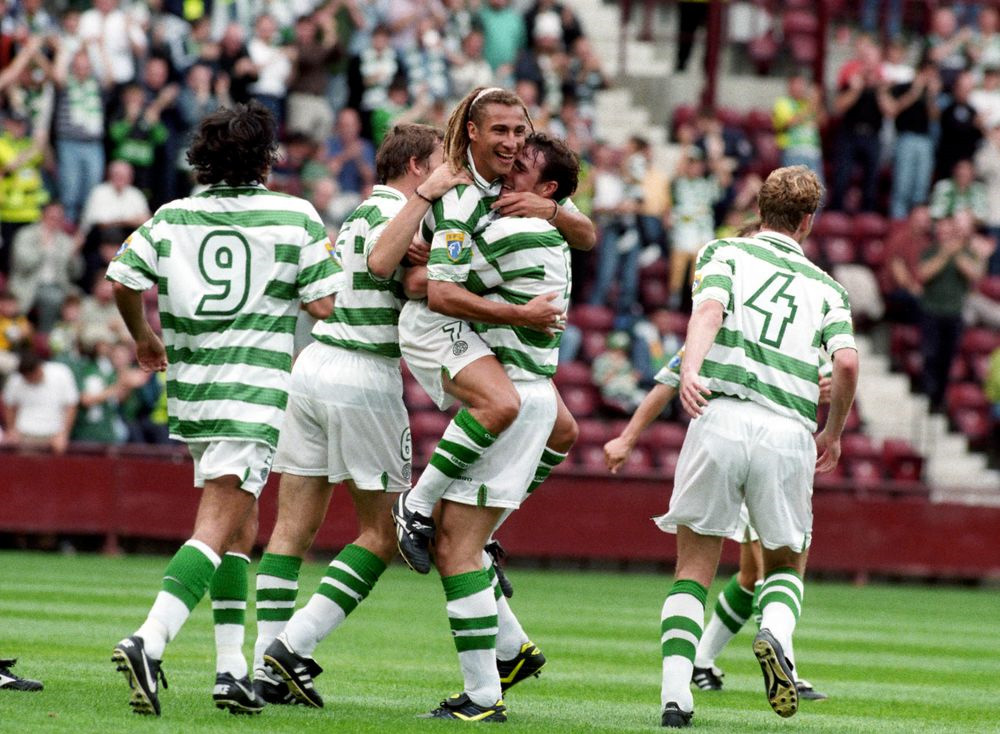
From 2000 to 2010 Celtic won 6 League titles, 4 Scottish Cups and 4 more League Cups with names in their ranks like the already mentioned Henrik Larsson, Chris Sutton, Artur Boruc, John Hartson, Stiliyan Petrov, Neil Lennon, Lubo Moravcik, Shunsuke Nakamura, Georgios Samaras or Jan Vennegoor of Hesselink.
In 2003 Celtic returned to a European final under the guidance of one of the best coaches in Celtic’s history, Martin O’Neill. In the stadium of La Cartuja, in Seville, they would face Porto of José Mourinho in the final of the UEFA Cup.
It is curious, but to get to the final, Celtic first had to reach this competition after being eliminated from the group stage of the Champions League, and then had to eliminate first SK Suduva, Blackburn Rovers in the second round, Celta de Vigo in the sixteenth round, Stuttgart in the eighth round, Liverpool in the quarter-finals and Boavista in the semi-finals.
Once in the final, it was time to play against Porto. It was not known yet, but that team would earn to be in the history books by getting that UEFA title and the following year the Champions League, a team full of players with a great career in big clubs afterwards, like Deco, Ricardo Carvalho, Paulo Ferreira, Maniche, Costinha or players with a great past like the goalkeeper and captain Vítor Baía.
Although Celtic always fought the match with Larsson scoring two goals, in the extra time the Russian player from Porto Alenichev got the definitive 3-2, carrying the title to the bank of the Duero river.
The encouragement of the team’s fans was highly praised by all and they received UEFA and FIFA Fair Play awards for their behaviour.
In 2004, the legend Henrik Larsson say goodbye to the club by winning the league and leaving 242 goals in 315 matches that made him the third top scorer in the history of the club.
Over the last decade, names such as Captain Scott Brown, Mikael Lustig, Virgil van Dijk, Moussa Dembélé, Odsonne Edouard, James Forrest, Kieran Tierney or Callum McGregor have helped Celtic win the last nine consecutive league championships and have won the last four years what is known as the Quadruple Treble.
This is the history of Celtic, a centenary club, proud to be what it is, with a history based on titles and its great rivalry with Rangers, Catholics against Protestants, but above all based on the values that make this team, a team that will never walk alone, as its fans sing at the beginning of each match.
Hail Hail, the Celts are here!
Source of information and images: celticfc.com

